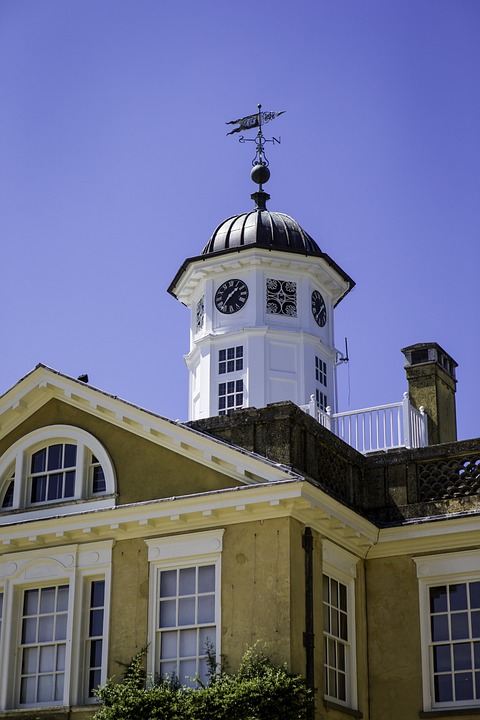The Edwardian Era: A Time of Change in British Architecture
The Edwardian era, lasting from 1901 to 1910, was a period of great change in British architecture. The era was named after King Edward VII, who reigned during this time and was known for his love of luxury and elegance. Edwardian architecture was a reflection of the societal changes that were taking place during this time, as the middle class grew in wealth and influence.
The Evolution of British Architecture
The Edwardian era saw a significant shift in architectural styles in Britain. The Victorian era, which preceded the Edwardian era, was known for its ornate and elaborate architectural designs. However, the Edwardian era saw a move towards simpler and more restrained architectural styles.
One of the most notable architectural styles of the Edwardian era was the Arts and Crafts movement. This movement, which had its roots in the late 19th century, emphasized simplicity, craftsmanship, and a return to traditional craftsmanship. The Arts and Crafts movement rejected the mass production of the industrial revolution and instead focused on creating unique and handcrafted designs.
Another prominent architectural style of the Edwardian era was the Queen Anne style. This style drew inspiration from the English Baroque architecture of the late 17th century and was characterized by its asymmetrical facades, steeply pitched roofs, and large chimneys. The Queen Anne style was popular in both residential and commercial buildings during the Edwardian era.
Edwardian Housing: A New Standard of Living
During the Edwardian era, there was a significant increase in the construction of new housing developments. The middle class was expanding, and more people were able to afford to buy their own homes. Edwardian housing was designed to reflect the changing tastes and lifestyles of the middle class.
Edwardian houses were typically built in terraces or rows, with similar designs repeated along a street. These houses were often built with red brick and had features such as bay windows, decorative cornices, and tiled roofs. The interiors of Edwardian houses were spacious and filled with natural light, thanks to large windows and high ceilings.
One of the key features of Edwardian housing was the incorporation of indoor plumbing and electricity. These modern amenities were becoming more common during the Edwardian era, and many new houses were designed with these features in mind. Indoor bathrooms and kitchens were a luxury that many Edwardian homeowners enjoyed for the first time.
Another defining feature of Edwardian housing was the presence of garden space. Many Edwardian houses were built with front and back gardens, providing residents with outdoor space to enjoy. Gardens were often designed with flowerbeds, shrubs, and even small ponds, creating a peaceful and verdant retreat in the midst of the city.
Legacy of the Edwardian Era
The Edwardian era marked a significant shift in British architecture, as the ornate styles of the Victorian era gave way to simpler and more practical designs. The legacy of the Edwardian era can still be seen in many British cities today, with rows of Edwardian terraced houses lining the streets.
The Arts and Crafts movement, with its emphasis on craftsmanship and traditional design, continues to influence architects and designers to this day. The Queen Anne style, with its distinctive features and elegant proportions, remains a popular choice for homeowners looking to add a touch of historic charm to their properties.
In conclusion, the Edwardian era was a time of great change in British architecture. The era saw the rise of new architectural styles, the construction of new housing developments, and the incorporation of modern amenities into homes. The legacy of the Edwardian era can still be seen in the streetscapes of many British cities, a testament to the enduring influence of this period on British architecture.
